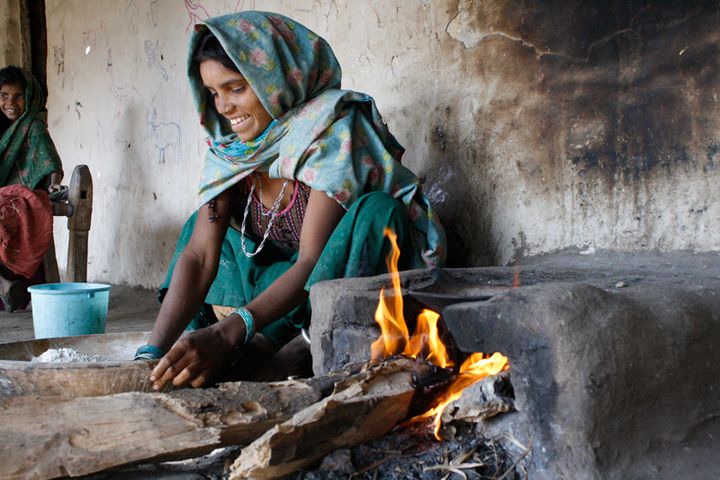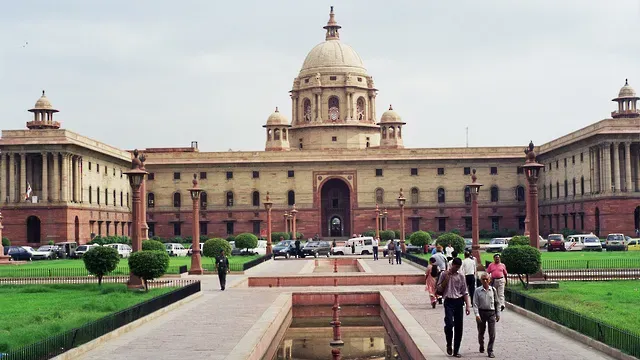India Energy Outlook 2021 explained
What lies ahead for the next global energy giant

Welcome to today’s Lights On, a newsletter that brings you the key stories and exclusive intel on energy and climate change in South Asia.
The past couple of weeks have given us the chance to take stock of India’s energy transition efforts and where it’s heading. Last week I looked into the Union Budget and India’s financial plans for the energy transition, and this week the International Energy Agency has released a key piece of research to help us imagine India’s energy future.
If you are not a subscriber, you can sign up below, for free, or you can support my work by purchasing a membership:

The equivalent of 13 new Mumbais will add to India’s population by 2040. These new urban Indians will be richer, will seek a more comfortable life, and they will be more energy thirsty than ever before. In the next two decades, the electricity infrastructure that India is poised to add to its network will be equal to what the whole of Europe has today. Whether this energy is clean or not will matter to the whole planet.
The International Energy Agency’s (IEA) landmark India Energy Outlook 2021, out this week, charts their story. In all the scenarios explored by the report, which include different rates of recovery from the Covid crisis and other policy and economic assumptions, India sees the largest growth in energy demand in the world, overtaking China by 2040.
A new global giant
As the country’s young population grows rapidly, so will its infrastructure - with new buildings, roads, energy plants, cars, trains and trucks. And while China becomes a more service driven economy, India is poised to become the new global manufacturing hub, making industrialisation one of the key sectors to watch to assess the future energy landscape.
“Compared to a lot of other countries, so much of the infrastructure people will be using [in the coming decades] is yet to be built,” says Nicole Thomas, IEA's India Programme Manager, “so it's a real opportunity to focus on sustainability now and be able to address those issues sooner rather than later.” Based on India’s current policies, the report says, ‘nearly 60 percent of its emissions in the late 2030s will be coming from infrastructure and machines that do not exist today.’ According to the report, the number of residential buildings will more than double in the next two decades, and with them India will see a doubling demand for steel and three times as much demand for cement. These materials are particularly energy intensive, and will be hard to decarbonise.
The model of urbanisation that India follows will be a crucial factor for how industry and transport evolve, says Tim Gould, IEA’s Head of Division for Energy Supply Outlooks and Investment.
“Whether India's cities are compact or sprawling, whether they're formal or informal, whether they're governed by energy efficient building codes or not,” he says, “these are decisions that build in very long lived patterns of energy consumption.”
The buildings of the future won’t be just more of the same. As incomes rise, and temperatures in climate vulnerable India become more inhospitable, Indians will need more appliances to keep comfortable at home, particularly air conditioners. Currently, Gould says, there's one air conditioner for every 50 Indian citizens, compared with one for every citizen in a country like Japan. “But from now to 2040, demand for cooling in India experiences the fastest growth in any appliance, and it becomes the largest factor pushing energy demand up in the building sector.”
Evolving energy mix
Prior to the pandemic, India’s energy demand was expected to increase by nearly 50 percent between 2019 and 2030, a projection adjusted to around 35 percent in a scenario in which the recovery happens gradually.
During this time, the energy mix will be radically transformed, and much of this growth will be met by solar power. While solar energy currently accounts for less than 4 percent of India’s electricity generation, and coal for nearly 70 percent, by 2040 the two will account for just over 30 percent each. This result is driven by falling solar tariffs, ambitious policies such as encouraging developers to pair solar with other technologies to achieve round-the-clock supply, and international targets such as 450GW of renewable capacity by 2030.

Displaced from the grid by solar energy, coal keeps fueling the industrial sector, while oil still dominates a fast growing transport sector. India is set for a booming expansion of its transport infrastructure, including ports, airports, railways and highways, catering to an extra 25 million trucks on the road, and a total 300 million vehicles of all types by 2040.
Such a radical change of the energy mix, the IEA analysts warn, can only happen through a robust and flexible grid: ‘India has a higher requirement for flexibility in its power system operation than almost any other country in the world,’ the report says. For now, coal, gas and hydropower help stabilise the grid and prevent energy shortages when wind and solar supply fluctuate, for example during the evening when demand is higher and sunlight declines. But for a chance to reduce coal reliance, solutions like more efficient air conditioning and agricultural pumps will become more important. However, the one game changing technology that will underpin India’s clean revolution is battery storage. Under the existing policies, the IEA estimates that by 2040, India will have 140 GW of battery capacity, the largest of any country.
The challenges that lie ahead
But when it comes to moving energy across the country, India’s weak spot remains the distribution sector. State run distribution companies, Gould says, “are the biggest financial uncertainty” in the value chain of India’s power sector investment. Chronic revenue shortfalls lead to large backlog payments to energy producers.
‘This fragility,’ the report says, ‘has significant knock‐on effects on the rest of India’s power sector, affecting the finances of power generators and their investment risks, the level of technical and commercial losses in electricity distribution, and ultimately the quality of electricity supply to millions of Indian households and businesses.’
While actions such as better billing processes and addressing technical losses in the system could help tackle the problem, Vinay Rustagi, managing director of the consultancy Bridge to India, believes that the tough part of the job is yet to come.
So far, the government has taken a “slightly simplistic” approach to sustainability and the renewable power sector, he says. “But I think the real challenge is plotting and devising an energy transition roadmap which includes a role for storage, for a dynamic interplay between different technologies, as well as allowing distributed renewables to grow and giving customers more choice.” Adding 10 percent of renewable energy into the grid is relatively easy, he says, but increasing that share to 20 and 30 percent will be “incredibly more difficult”.
Demand is becoming more volatile, he explains, with people needing reliable energy at any time of the day, and supply is becoming more volatile due to the increased amount of renewables in the grid. Managing that variability on both sides requires much more careful and long term planning, Rustagi says. For example, “our grid management is almost entirely based on catering to fossil fuel power sources,” and may need to be “completely reinvented.”
As renewable power grows, he says, India has already plucked the low hanging fruit. “Now, the more complex tasks lie ahead.”
That’s all for today! If you like what you read, please consider signing up for free or as a member:



